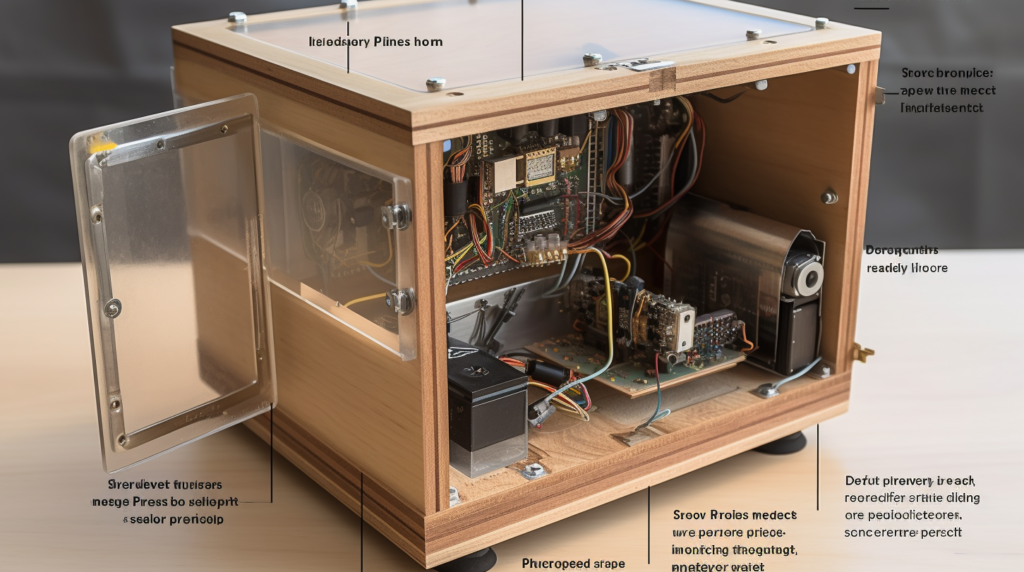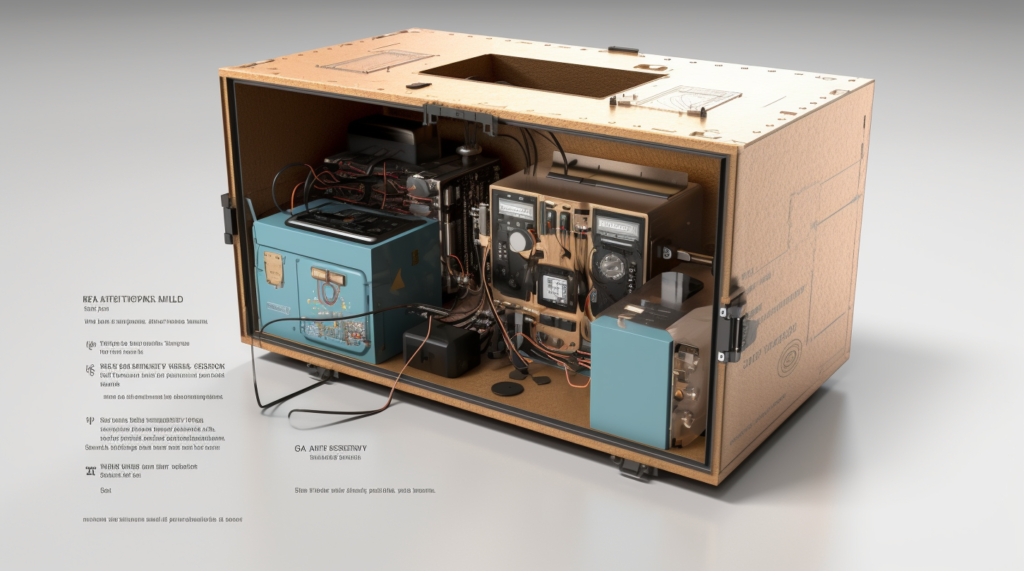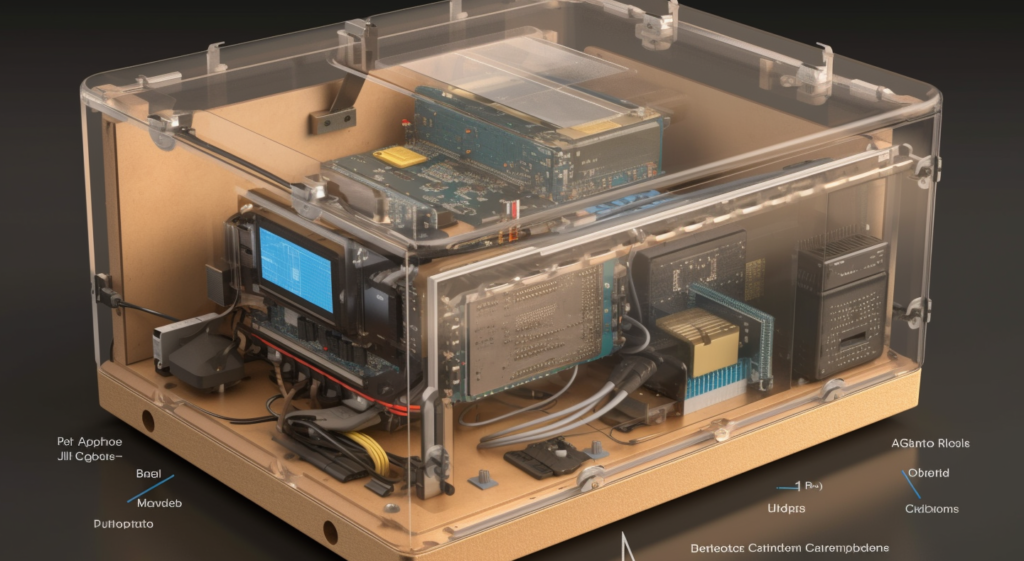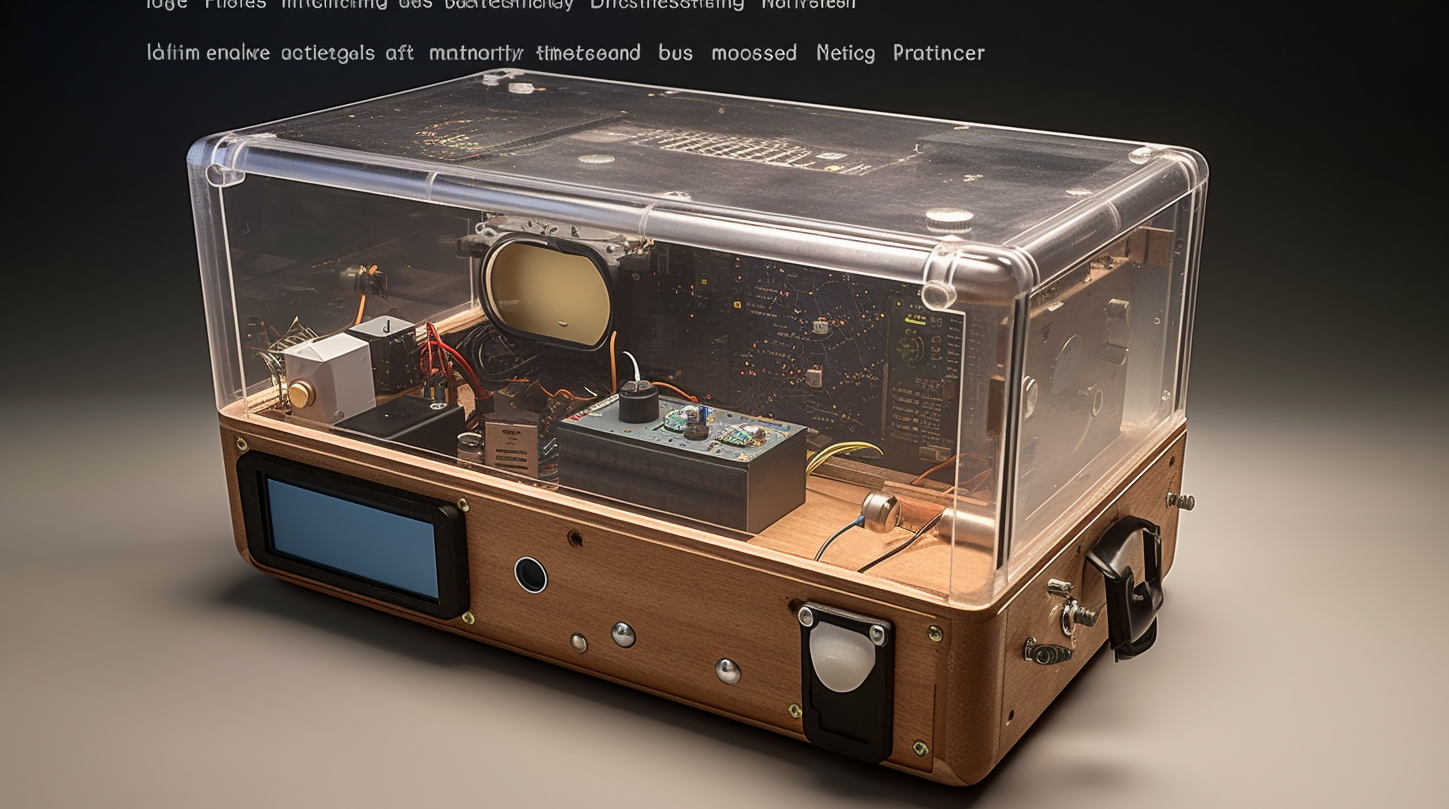Unlike DIY enclosures or consumer-grade bags, Ramsey Electronics designs each Faraday box with advanced shielding integrity, including:
- RF-tight seams with conductive gaskets
- Optional filtered USB and power ports
- Absorptive foam for internal dampening
- Rigid, field-ready construction
This ensures comprehensive signal blocking and repeatable performance in both lab and field applications.

Why Does Signal Blocking Matter?
Whether you’re testing a wireless device, shielding data from potential hacking, or transporting sensitive communication equipment, reliable signal isolation is critical.
Top use cases:
- Device debugging without external interference
- Preventing signal leakage from secure equipment
- Verifying shielding compliance for regulations
- Simulating signal blackouts in development scenarios
- Field use for law enforcement or defense

What Happens If a Faraday Box Isn’t Sealed Properly?
Even a pinhole gap can allow RF to leak through. This includes:
- Improperly latched doors
- Worn gaskets
- Open USB or power ports without shielding
- Loose glove ports
Always verify closures during testing or transit. Ramsey’s build quality ensures long-term sealing integrity even in demanding environments.
Beyond Blocking: Ensuring Total Isolation
Many labs assume “metal box = complete protection.” But true isolation comes from a combination of:
- High-quality conductive materials
- No gaps or seams
- Shielded cable entry (if any)
- Internal absorption (for echoes and resonance)
- Clean contact between door and frame
That’s what makes a Ramsey Faraday box a professional-grade solution—not just a container.
Want a quick recap of shielding types? Check out our previous post comparing Faraday cages vs Faraday boxes.

Need to isolate a GPS tracker or test a Bluetooth module without interference? Explore our Faraday Cage Box now to see full specs.
Have a question about compatibility or custom shielding needs? Contact Ramsey Electronics for tailored advice.

